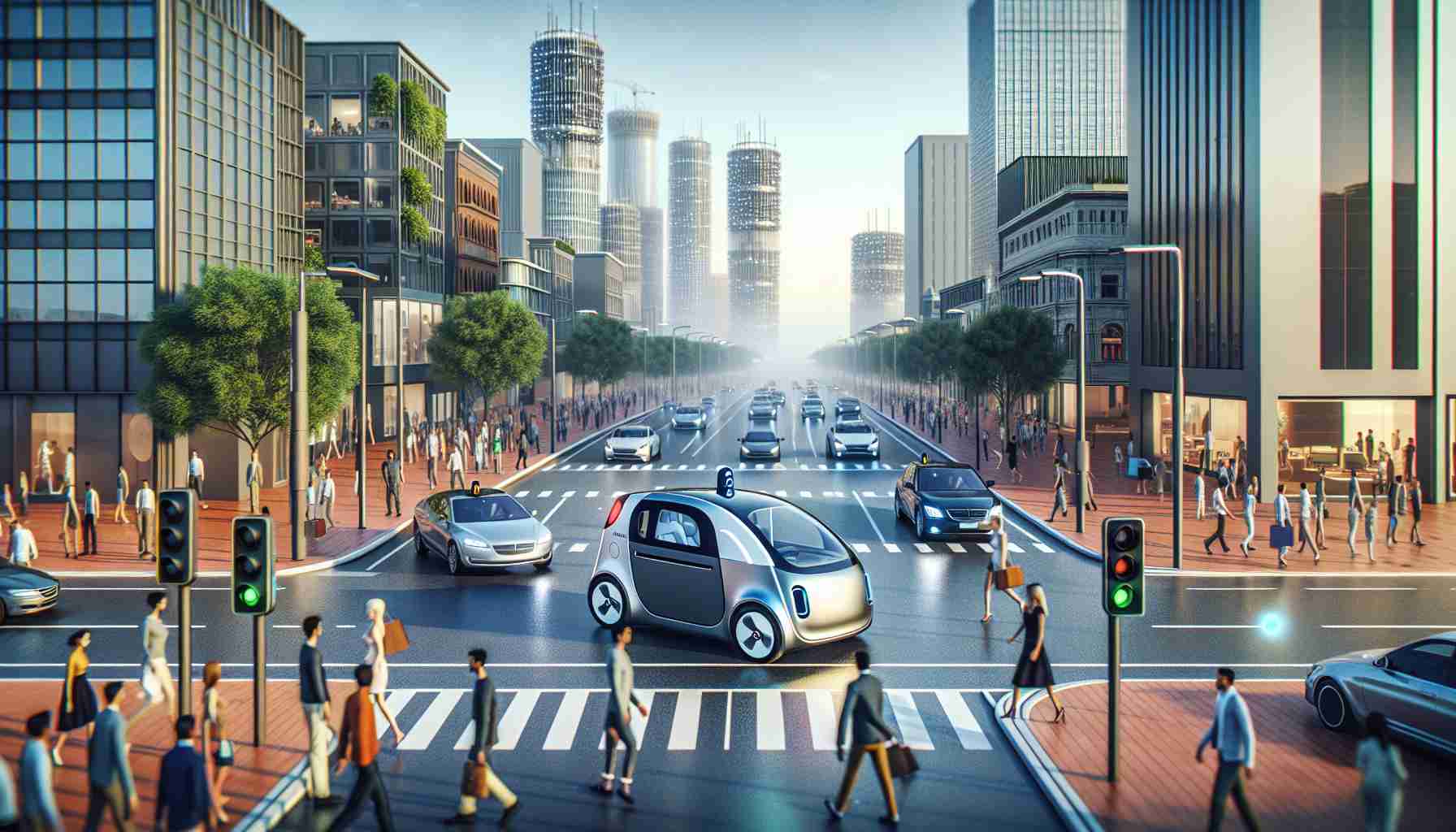A recent proposal to install advanced electric vehicle charging stations in Tameside has been officially rejected. The ambitious plan aimed to bring seven rapid charge units to Burlington Street Car Park in Ashton town center, providing power for 14 charging bays. Although council members support the idea, they pointed out significant issues with the proposal’s design.
Tameside Council’s Director of Place, Julian Jackson, emphasized that the current design breaches critical planning regulations. The planned infrastructure was deemed too close to the roadway, violating Section 192 of the Town and Country Planning Act (1990). It was noted that crucial components, like feeder pillars, would be positioned within just 2 meters of the public highway on both Burlington and Cavendish Streets.
Among the features expected from this proposal was a dedicated electric vehicle charging bay for disabled parking. Representatives from Zest Eco, the company behind the initiative, expressed disappointment at the decision. They highlighted their commitment to making electric vehicle adoption accessible and their ongoing collaboration with local councils to develop necessary infrastructure.
The rejection of these chargers marks a setback for Zest Eco, as these would have been their first charging stations in the Greater Manchester area, showcasing the ongoing struggle to balance city planning and modern electric vehicle needs.
Implications of the Rejected Electric Vehicle Charging Proposal
The recent rejection of the electric vehicle (EV) charging stations in Tameside underscores a critical junction in urban planning, technology adoption, and environmental sustainability. While this specific proposal aimed at enhancing local EV infrastructure was thwarted, it highlights a broader conversation about the integration of sustainable energy solutions into urban environments. As cities globally wrestle with climate change initiatives, the struggle observed in Tameside is emblematic of the challenges faced in harmonizing existing regulations with the urgent needs of modern transportation.
The implications extend beyond local governance; the rejection of such proposals affects societal attitudes toward electric vehicle adoption. With EV sales projected to rise dramatically—expected to make up over 30% of the global vehicle market by 2030—the inability to provide adequate charging infrastructure can deter potential EV consumers. Moreover, inadequate planning for EV support could exacerbate socio-economic divides, especially in areas where lower-income residents may rely on public transport and less on traditional vehicle ownership.
From an environmental perspective, every delay in installing charging stations potentially contributes to continued reliance on fossil fuel-powered vehicles. In a world where urban areas are significant emissions contributors, the urgency for well-planned EV infrastructure cannot be overstated. The rejection also serves as a clear indicator of the need for comprehensive urban policy—one that doesn’t merely accommodate current vehicle technologies but anticipates future trends in energy and mobility.
Ultimately, the Tameside experience signifies a crucial lesson: as cities navigate the medley of sustainability and regulation, forward-thinking solutions must prevail to ensure long-term viability of electric mobility—not just for local governments, but for the global community seeking to transition away from traditional carbon-heavy transport systems.
Tameside’s EV Charging Station Plan: What It Means for the Future of Electric Vehicles
Overview of the Proposal
The recent rejection of a proposal for advanced electric vehicle (EV) charging stations in Tameside reflects ongoing challenges in urban planning and infrastructure development. The plan aimed to install seven rapid charging units at Burlington Street Car Park, designed to facilitate up to 14 electric vehicle charging sessions concurrently. While Tameside Council members expressed general support for the initiative, they raised critical concerns regarding the design’s adherence to planning regulations.
Highlights of Rejection Reasons
Tameside Council’s Director of Place, Julian Jackson, identified significant issues with the proposal, notably its proximity to the roadway. The plan did not comply with Section 192 of the Town and Country Planning Act (1990), which sets forth essential guidelines for infrastructure placement in relation to public highways. Specifically, the design intended to locate feeder pillars within just 2 meters of the highway on both Burlington and Cavendish Streets.
Implications for Electric Vehicle Infrastructure
The proposal’s rejection indicates a broader trend of difficulties faced by developers in establishing electric vehicle charging stations within urban environments. As cities grow and prioritize sustainable transportation, balancing safety regulations and innovative infrastructure becomes increasingly vital.
# Pros and Cons of Advanced EV Charging Stations
Pros:
– Increased accessibility of charging stations can encourage EV adoption.
– Rapid charging units significantly reduce waiting times for users.
– Supports local economies through the facilitation of electric vehicle use.
Cons:
– Infrastructure challenges may hinder implementation.
– Compliance with urban planning regulations can limit flexibility in design.
– Initial costs of installation can be high, affecting long-term viability.
Future Prospects for EV Charging in Tameside
Despite the setback, Zest Eco, the company behind the initiative, remains committed to developing electric vehicle infrastructure in collaboration with local councils. This determination highlights a critical insight into the future of EV infrastructure—community collaboration is essential for addressing the challenges posed by planning regulations.
Use Cases for EV Charging Stations
1. Urban Commuters: Ideal for city dwellers who need convenient access to charging while at work or running errands.
2. Disabled Drivers: The planned proposal highlighted the benefit of dedicated spaces for disabled parking, essential for inclusive transportation solutions.
3. Commercial Fleets: Businesses operating electric vehicle fleets can benefit from accessible rapid charging, improving operational efficiency.
Market Analysis and Trends
The demand for electric vehicles is expected to escalate, driven by increasing environmental awareness and the push for sustainable practices. As EV adoption grows, so too must the infrastructure that supports it. The rejection of Tameside’s plan is a reminder that urban planning must evolve to meet these new demands.
Innovations in EV Charging Technology
As the market evolves, innovations such as wireless charging, solar-powered charging stations, and ultra-fast charging technology are being explored. These advancements could potentially address some of the regulatory concerns highlighted in Tameside, offering more flexible and sustainable solutions for urban areas.
Conclusion
The recent rejection of the electric vehicle charging station proposal in Tameside signifies a pivotal moment in the intersection of urban planning and the growing need for sustainable infrastructure. Stakeholders from local councils to private companies must work together to navigate regulatory landscapes while promoting the widespread adoption of electric vehicles. As markets shift and technology advances, the vision for improved EV infrastructure remains within reach, provided that collaboration and innovation are prioritized.
For more information on urban planning and electric vehicle initiatives, visit Tameside Council’s website.













